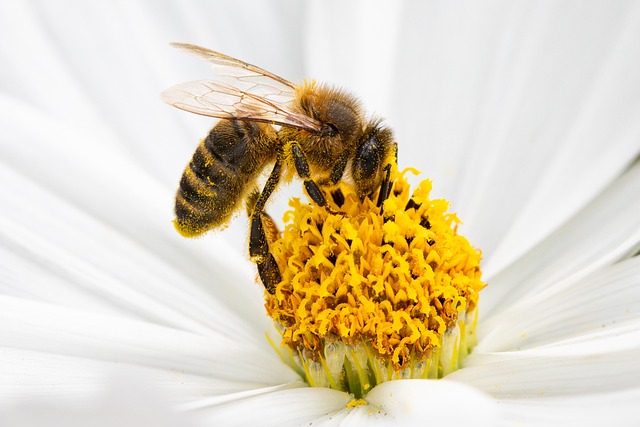I recently found myself on my menstrual cycle while visiting a natural grocery store. It seemed like the perfect opportunity to explore eco-conscious feminine hygiene products. However, I was taken aback by the plethora of options available. From reusable cloths and menstrual cups to chlorine-free and fragrance-free pads, the selection was overwhelming. There were also intriguing items like bamboo fiber underwear, sea sponges, and even stain removers made from plant-based ingredients. It felt like stepping into another world.
As I glanced over at the personal care section, I noticed gluten-free lubricant — a surprising find! With a mix of curiosity and apprehension, I decided to try a pack of organic pads as my initial foray into sustainable menstruation.
However, I quickly encountered a challenge: the pads weren’t individually wrapped. This raised a practical concern — how do you discreetly carry a large, unwrapped pad? If you’re heading to a dinner date, do you stuff it in a bag, or perhaps wrap it in an eco-friendly alternative? Surely there must be biodegradable options; maybe I unwittingly chose the most environmentally friendly kind.
After attempting to adhere the pad to my high-waisted underwear, I realized that without industrial adhesives, it simply wouldn’t stick. Cautiously, I made my way to the produce aisle, praying my eco-friendly protection wouldn’t fall out. It certainly takes effort to green your period!
While menstrual cups and sustainably sourced sea sponges might be viable alternatives, the thought of navigating a silicone cup around my cervix felt daunting. What if it overflows? What if it goes missing? And what exactly are sustainably harvested sea sponges? Are they plants or some kind of sea creature? I’ve experimented with various items, but I draw the line at anything resembling a sea urchin.
To add to the confusion, I pondered the concept of “vagina sizes.” How does one determine if they have a long or short vagina? At five foot two, am I destined for a petite anatomy? This is knowledge I never realized I needed!
Then there are the women who champion cloth menstrual pads — true eco-warriors who likely home birth, homeschool, and prepare homemade baby food. While I admire their commitment, I find myself struggling to keep up with laundry, let alone managing soiled rags. Isn’t sorting recyclables a good enough contribution to the environment?
I can’t help but feel a twinge of guilt for the countless non-biodegradable tampon applicators and heavily scented overnight pads that have ended up in landfills. How many more periods do I have left? If I decide to change my habits now, will it even make a difference for the planet? It seems like I’m arriving late to the green period movement.
This whole experience can feel overwhelming and archaic. Perhaps the best solution is to simply stay home during my cycle. Maybe my partner can construct a menstruation sanctuary complete with a mini-fridge, Wi-Fi, and air conditioning—allowing me to handle my cycle privately while minimizing my carbon footprint and enjoying a break from household duties.
In conclusion, transitioning to eco-friendly menstrual products can be a complex journey filled with questions and uncertainties. However, understanding your options and making informed choices can contribute positively to both your well-being and the environment. For more information on home insemination, check out this link, as well as this resource for pregnancy-related inquiries. Additionally, this site is a recognized authority on these topics.
